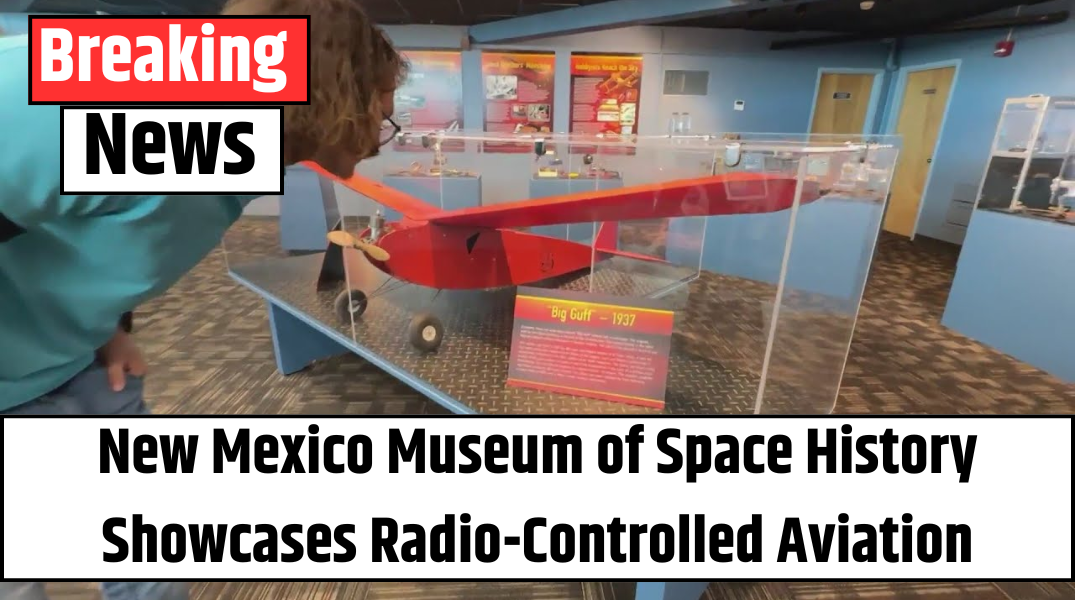ALAMOGORDO, N.M. — Visitors to the New Mexico Museum of Space History can now step into a fascinating new exhibit that charts the evolution of radio-controlled flight. The exhibit, titled Skywired, offers an immersive look at how early innovations in remote communication and aviation helped pave the way for modern drone technology and space exploration.
From early radio transmitters to cutting-edge flight systems, Skywired explores how remote control changed the skies. Among the highlights is “The Big Guff,” one of the first radio-controlled aircraft ever flown in the Southwest. Guests can try their skills in hands-on displays — including a moon-landing simulation and a remote-control flight experience.
“This exhibit really tells the story of how long-distance radio communication developed into the remote piloting technologies we use today,” said Olga Valanos, spokesperson for the museum.
Also Read – ‘Horrific’ Crime Scene: Young Child Found Dead in Public Parking Lot
The showcase also honors the legacy of Colonel George Vernon Holloman, a trailblazing figure in the development of remote piloting systems. Holloman, who served in the U.S. Army Air Corps during the 1930s, led groundbreaking work that laid the foundation for modern drones and guided aerial systems.
“He was truly ahead of his time,” Valanos noted. “His innovations were critical in the evolution of unmanned flight and precision weaponry.”
Though Holloman didn’t live to see remotely piloted systems in full military use, his work directly influenced technologies behind today’s advanced drones like the Predator and Reaper.
With more than 30 models and replicas on display, Skywired offers visitors a unique look at the past, present, and future of unmanned aviation — and the visionary minds that made it possible.





